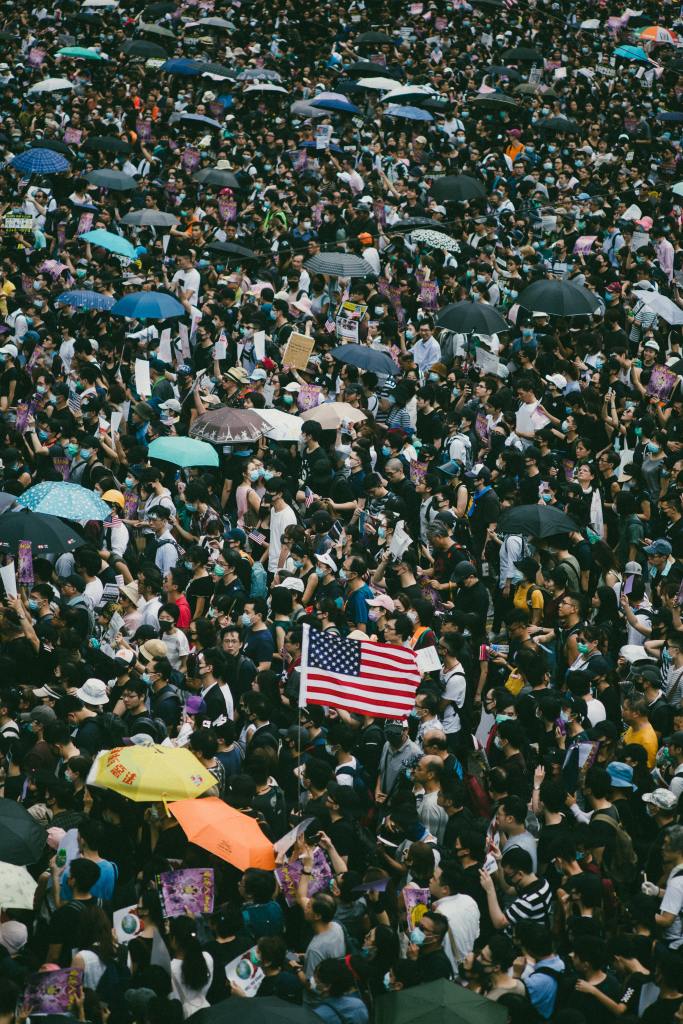
Imagine this scenario, on a beautiful afternoon, a large group of Second Amendment supporters (presumably wearing Hawaiian shirts) peacefully gather in the downtown area of a large city to stage a demonstration. The city’s mayor, concerned that some of the demonstrators might include white supremacists or members of violence-advocating, right-wing groups, orders the police department to deploy a surveillance drone equipped with facial recognition software and recording capabilities. The protest ends peacefully and the mayor later claims the drone was deployed as a precaution for law enforcement to track the path of the demonstrators in order to be responsive in the event of violence and that neither the face recognition nor recording capabilities of the drone were activated.
Are you comfortable with this scenario? Do you find the actions of the mayor and the police reasonable? I suspect your answer might depend on where you stand politically. As we have become more tribalized, it seems that our analysis of the use of technology in ways that invade our privacy and freedom of political expression is driven by whether we agree with the cause being advanced.
Let us take it look at a different scenario.
On a beautiful afternoon, a large group of racial justice reform advocates peacefully gather in the downtown area of a large city to stage a demonstration. The city’s mayor, concerned that some of the demonstrators might include communists, anarchists, and violent looters, orders the police department to deploy a surveillance drone equipped with facial recognition software and recording capabilities. The protest ends peacefully and the mayor later claims the drone was deployed as a precaution for law enforcement to track the path of the demonstrators in order to be responsive in the event of violence and that neither the face recognition nor recording capabilities of the drone were activated.

Do you view this differently? The answer should be, “no.” Both scenarios should be equally troubling, and we should advocate for the passing of laws that set standards for the use this type of invasive technology. There is simply no reason for drones with facial recognition capabilities to be deployed to monitor political protest. Our silence to the use of this type of technology will inevitably lead to the watering down of our right to political protest and expression.
China is the poster child for the use of facial recognition software and hardware to deter political expression. In China, law enforcement drones equipped with facial recognition software were deployed this year, during the Covid-19 pandemic, to enforce compliance with quarantine and social distancing requirements. But the trend of increased use of this technology by law enforcement is not limited to China. The Department of Homeland Security deployed drones equipped with facial recognition capabilities, in Minneapolis to monitor protests in that city, in the aftermath of the George Floyd killing (although the agency asserted that the facial recognition capability was not used). Prior to 2014, only a handful of public safety agencies in the United States had drones. Five years later over 1,500 police departments now have drones. Despite this increase, virtually no regulation has been enacted to govern their use. This must change, if we are to protect our political freedoms and our privacy.
Privacy attorneys point to the Illinois model as an appropriate statutory model, balancing public safety and privacy concerns and encourage its framework for broader adoption. The Illinois Freedom from Drone Surveillance Act, passed in 2014, prevents a police department from gathering, “evidence images, sound data or other information” using a drone. The act provides exceptions to this prohibition for emergency situations, such as terrorist attacks, or through judicially approved warrants.
It is time for our communities to demand the adoption of appropriate regulation. It is also time for our local news reporters to more actively track and report on the use of drones as police surveillance tools. A simple online search of media stories on the use of drones by law enforcement will yield very few stories but, in contrast, dozens of stories abound about the danger of unregulated use of drones by private citizens. This needs to change. States must develop appropriate statutory frameworks that balance the appropriate use of drones by law enforcement agency with the need to protect the privacy and political expression of citizens.


